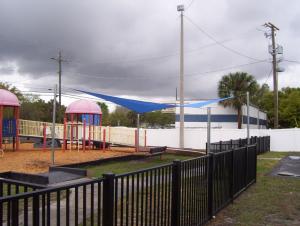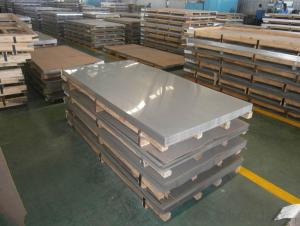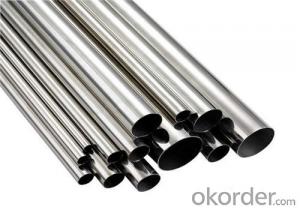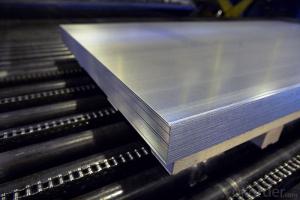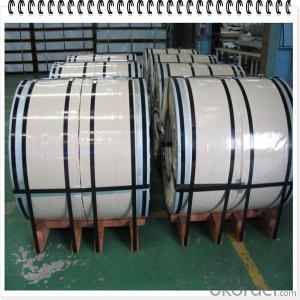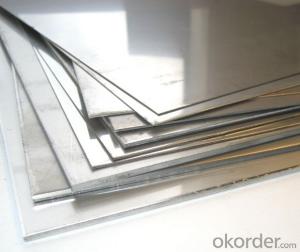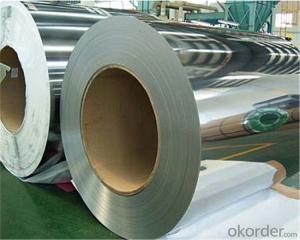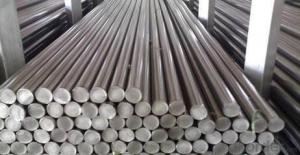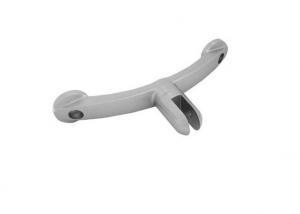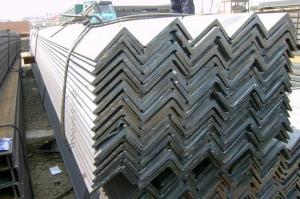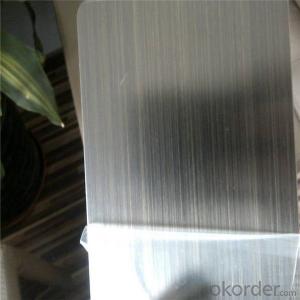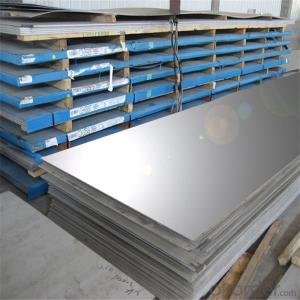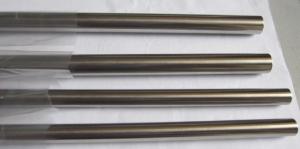304 Or 316 Stainless Steel
304 Or 316 Stainless Steel Related Searches
Best Paint For Stainless Steel Blanket Insulation For Steel Buildings Primer For Galvanized Steel Foam Filter For Stainless Steel H S Code For Stainless Steel Surface Grinding Wheels For Stainless Steel Surface Grinding Wheels For Hardened Steel Hole Saw For Stainless Steel Paint For Stainless Steel Stainless Steel For BbqHot Searches
Steel Mesh Panels For Sale Price For Stainless Steel Scrap Scrap Price For Stainless Steel Price For Stainless Steel Stainless Steel Tank For Sale Stainless Steel Sheets For Sale Cheap High Tea Sets For Sale Stainless Steel Tanks For Sale Stainless Steel For Sale High Density Fiberboard For Sale Solar Hot Water Collectors For Sale Scaffolding For Sale In Uae Scaffolding For Sale In Ireland Scaffolding For Sale In Houston Type Of Inverter For Solar Price Of Shipping Containers For Sale Types Of Inverter For Solar Stock Price For Aluminum Used Solar Inverter For Sale Steel Mesh Panels For Sale304 Or 316 Stainless Steel Supplier & Manufacturer from China
Okorder.com is a professional 304 Or 316 Stainless Steel supplier & manufacturer, offers integrated one-stop services including real-time quoting and online cargo tracking. We are funded by CNBM Group, a Fortune 500 enterprise and the largest 304 Or 316 Stainless Steel firm in China.Hot Products
FAQ
- There are several different types of stainless steel pipe valves, including ball valves, gate valves, globe valves, check valves, and butterfly valves. Each type of valve has its own unique design and function, catering to specific applications and requirements in various industries.
- Yes, stainless steel pipes are highly suitable for pharmaceutical applications. Stainless steel is a corrosion-resistant material that meets the strict hygiene and cleanliness requirements of the pharmaceutical industry. It is non-reactive, easy to clean, and has excellent resistance to chemicals, making it ideal for transporting pharmaceutical products safely and maintaining their integrity. Additionally, stainless steel pipes can withstand high temperatures and pressures, ensuring the efficiency and reliability of pharmaceutical processes.
- The deflection of stainless steel pipes under load can be calculated using various formulas and equations based on the specific properties of the pipe, such as its diameter, thickness, and Young's modulus. One commonly used formula is the Euler-Bernoulli beam theory, which considers the pipe as a simple supported beam. Other methods, such as finite element analysis, can also be employed for more accurate calculations.
- Yes, stainless steel pipes can be used for brewery applications. Stainless steel is highly resistant to corrosion and can withstand the harsh conditions of a brewery environment, such as exposure to moisture and chemicals. It is also easy to clean and maintain, making it a suitable choice for transporting liquids in a brewery setting.
- The composition and intended use are what sets 347 and 316 stainless steel pipes apart. 347 stainless steel pipes have a higher percentage of niobium, which enhances their stability at high temperatures and resistance to sensitization. This makes them ideal for applications where the pipes will be exposed to elevated temperatures, such as in heat exchangers, furnace parts, and chemical processing equipment. The addition of niobium also improves their resistance to intergranular corrosion. On the other hand, 316 stainless steel pipes consist of molybdenum, which provides increased resistance to corrosion and pitting. This makes them suitable for applications involving exposure to harsh chemicals, saltwater, and other corrosive environments. They are commonly used in industries such as marine, pharmaceutical, and food processing. Both grades have excellent strength and corrosion resistance in terms of mechanical properties. However, 347 stainless steel is generally more expensive than 316 stainless steel due to its higher nickel content. Ultimately, the choice between 347 and 316 stainless steel pipes depends on the specific requirements of the application. If high-temperature stability and resistance to sensitization are crucial, 347 stainless steel pipes would be the preferred option. If the primary concern is corrosion resistance, particularly in harsh environments, 316 stainless steel pipes would be more suitable.
- Indeed, it is possible to utilize stainless steel pipes for compressed air systems. Thanks to their remarkable resistance to corrosion, stainless steel pipes are well-suited for scenarios involving compressed air. They possess the ability to withstand substantial pressure levels, guaranteeing dependable and leakage-free functionality. Furthermore, stainless steel pipes exhibit durability and longevity, assuring the continued efficiency and functionality of the compressed air system. Nevertheless, it is crucial to carefully assess the particular demands of the compressed air system and seek guidance from experts to ensure proper sizing and installation of the stainless steel pipes to meet the system's requirements.
- 316 and 316LN stainless steel pipes are both variations of the same grade of stainless steel, which is known as 316. However, there are some differences between the two. The main difference between 316 and 316LN stainless steel pipes lies in their nitrogen content. 316LN stainless steel contains a higher amount of nitrogen compared to 316 stainless steel. The addition of nitrogen improves the strength and corrosion resistance of the material, making it more suitable for certain applications. Due to its increased nitrogen content, 316LN stainless steel pipes exhibit improved resistance to pitting and crevice corrosion, especially in chloride environments. This makes them particularly suitable for use in marine environments or other applications where the pipes may come into contact with corrosive substances. Another difference between the two grades is their availability and cost. 316 stainless steel pipes are more widely available and commonly used, making them generally more cost-effective compared to 316LN stainless steel pipes. However, 316LN stainless steel pipes may be required for specific applications where enhanced corrosion resistance is necessary. In summary, the main difference between 316 and 316LN stainless steel pipes lies in their nitrogen content, which affects their corrosion resistance properties. While 316 stainless steel is more widely available and cost-effective, 316LN stainless steel offers improved resistance to pitting and crevice corrosion, making it suitable for certain applications.
- Seamless and EFW stainless steel pipes are distinct types of stainless steel pipes with unique characteristics and manufacturing processes. To begin with, seamless stainless steel pipes are produced without any welding seams or joints. They are formed from a solid cylindrical billet, which is heated and stretched over a mandrel to create a hollow tube. This method guarantees consistent wall thickness and a smooth interior surface, making them ideal for applications requiring high pressure, high temperature, or corrosive environments. Due to their seamless construction, these pipes offer enhanced strength and durability. On the contrary, EFW stainless steel pipes are made by using high-frequency electrical current and pressure to weld the edges of two stainless steel sheets or plates together. This fusion welding process results in a continuous seam running along the length of the pipe. EFW pipes are generally used for lower-pressure and lower-temperature applications, such as conveying fluids or gases in industrial settings. One notable difference between seamless and EFW stainless steel pipes lies in their manufacturing complexity. Seamless pipes necessitate more intricate and precise manufacturing techniques, leading to higher production costs compared to EFW pipes. Additionally, the seamless process allows for a wider range of sizes and thicknesses, whereas EFW pipes are typically limited in their size options. Another distinction lies in the availability of grades and alloys. Seamless stainless steel pipes come in a wide range of grades and alloys, providing greater flexibility for specific applications. In contrast, EFW pipes have a more limited selection of available grades and alloys. Regarding mechanical properties, seamless stainless steel pipes generally exhibit superior strength and corrosion resistance compared to EFW pipes. The absence of welds or joints in seamless pipes reduces the risk of weak points that could be susceptible to corrosion or failure. In conclusion, seamless stainless steel pipes are produced without welding seams, offering improved strength, durability, and corrosion resistance. They are suitable for high-pressure, high-temperature, or corrosive applications. Conversely, EFW stainless steel pipes are created by fusing two stainless steel sheets or plates together, making them more suitable for lower-pressure and lower-temperature applications.

















